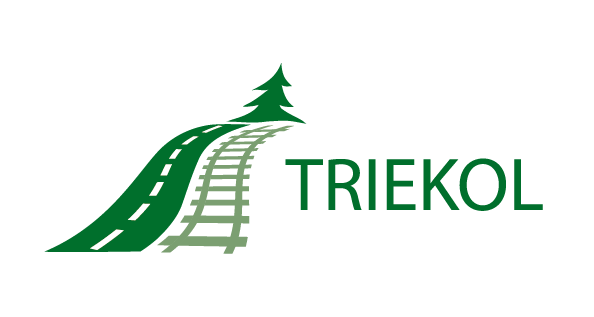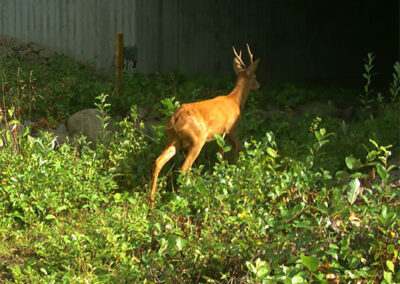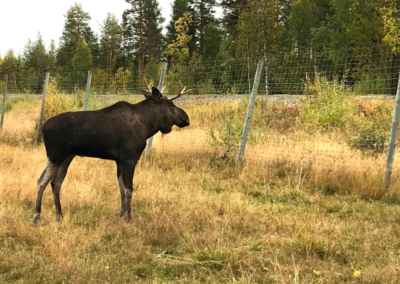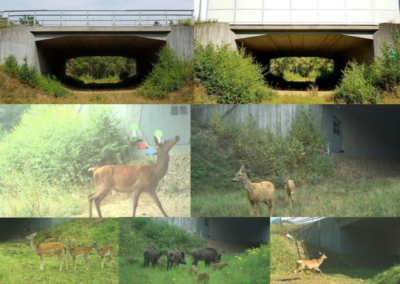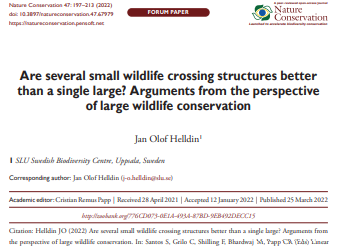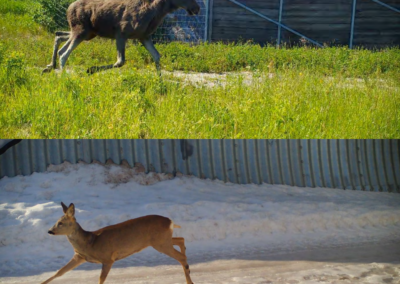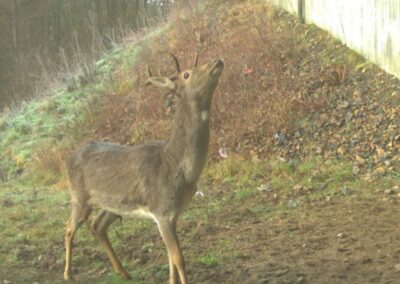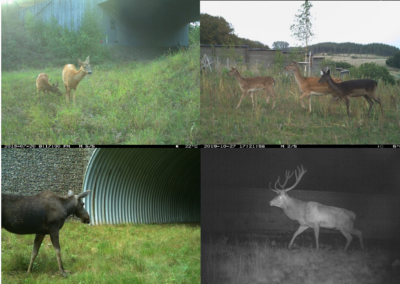Background
Several over- and underpasses targeted particularly for larger wildlife has been built or are currently in construction in Sweden. These varies in design, for example dimensions, fencing/screening, and vegetation and other habitat components in and around passages. Some design parameters, most notably size, are highly cost driving, and better knowledge of design details is needed to make future constructions more cost-efficient.
There is generally a lack of rigid scientific support (also internationally) for the available construction guidelines, and there is an obvious risk that wildlife passages are built too small to fulfil their intended function, or conversely that they are built too large for precautionary reason. In either case, money may be wasted.
Monitoring of wildlife passages is largely neglected in Sweden and abroad, or conducted at a very basic level, not allowing to relate to set targets or making cost-efficiency comparisons. Furthermore, monitoring results from different passages cannot be easily compared or scientifically reported. Accordingly, opportunities to gain important knowledge are missed.
However, Trafikverket has now agreed on a standardized monitoring method, that allows the joint analysis of different passages that is necessary to produce new, scientifically founded construction guidelines.
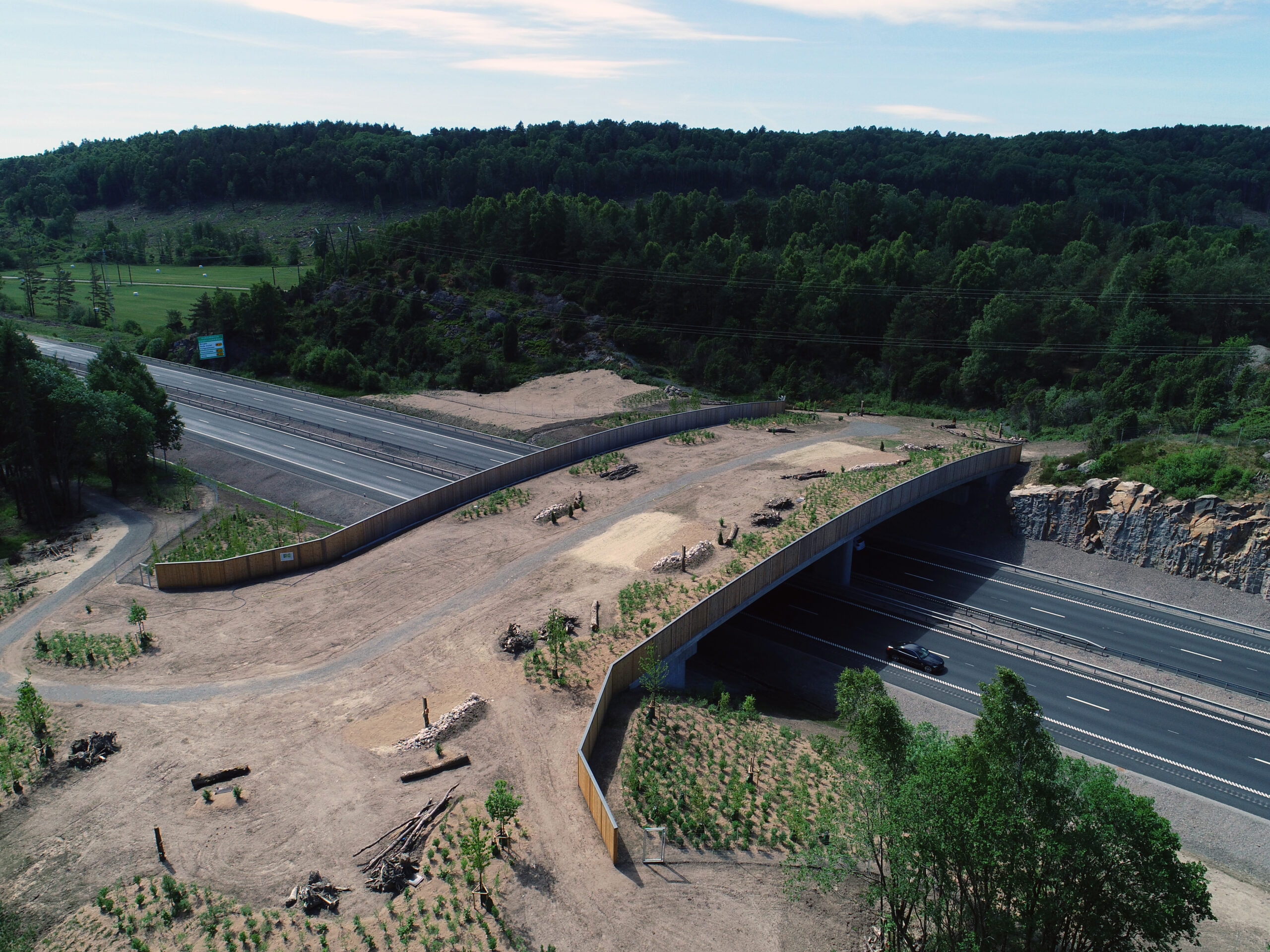
Sandsjöbacka ecoduct, south of Gothenburg. Photo: © PEAB Air.
Activities
In this subproject we monitor wildlife’s use of a number of over- and underpasses, and compare performance depending on size and design, disturbance and siting.
The monitoring method is similar between passages to facilitate direct comparison. Data are in part gathered from (and in cooperation with) monitoring studies conducted within the respective investment project.
Field methods include studies of animal movements and behaviour near and through the crossing (for example photo traps, sand beds and snow tracking), following standardized methods. Effect sizes will be compared with the cost of each improvement type.
Output
This subproject produces values of the efficacy of wildlife over- and underpasses in connecting wildlife between roadsides. Efficacy is separated between species and categories of animals (age and gender) to put light on population level impacts.
The most important outcome is that the results enables cost-efficiency comparisons between different crossing types and designs, and ideally (together with previous subprojects) to point out the optimal design for a standard design for wildlife passages.
Study objects/sites
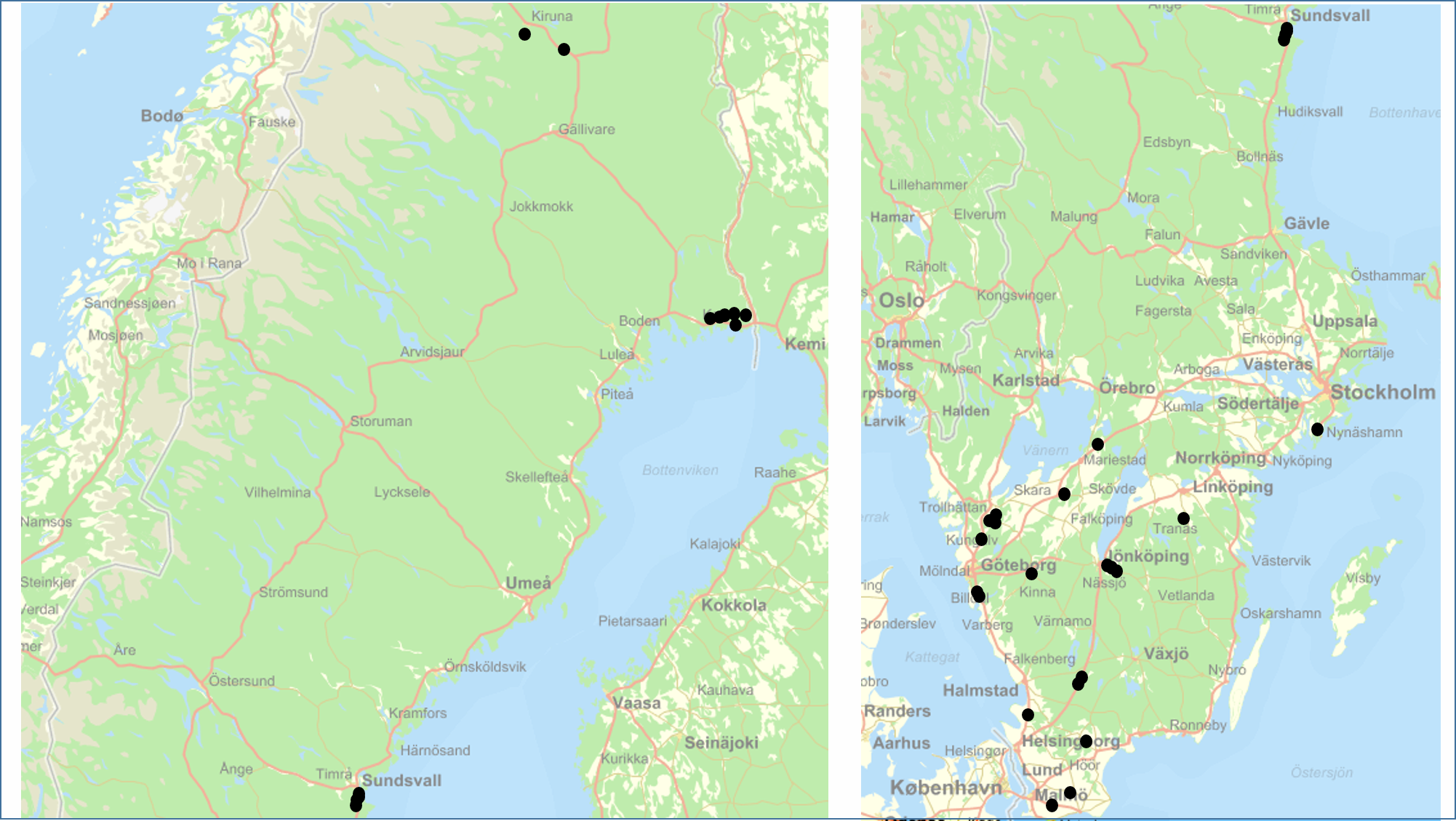
Publikationer och presentationer
The subproject Over- and underpasses for larger wildlife has resulted in:
